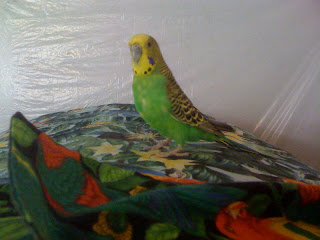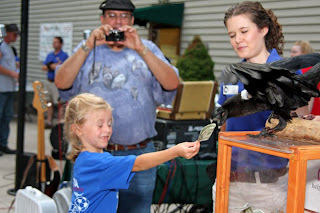Often when you say the word bat, many people immediately think of rabies.
Batty, one of our resident Straw-colored Fruit Bats
Did you know that less than 1% of all bats have rabies. In order to understand this topic it’s important to understand the facts about bats and rabies. Worldwide about 55,000 people die per year due to rabies. Most of the rabies contracted by people come from dog bites.
Rabies is a preventable viral infection of the central nervous system in mammals. Rabies is generally transmitted through the bite of an infected animal. You cannot get rabies just from looking at a bat, being in a room with a bat or by coming in contact with bat guano. Rabies is readily prevented by post-contact vaccination, but is almost always fatal after symptoms appear. If you are bitten by any animal you must seek prompt medical attention and follow all doctor’s advice. Bats do have small teeth and bite marks may not be apparent. If you find a bat in the room of an unattended child or mentally impaired person seek medical advice. If you are able, try to capture the bat using a box or a can while wearing leather garden gloves. Do not handle it with your bare hands.
Scar--he and his brother greet visitors in our Nature Center
Most of us have been told if you come across a strange animal acting aggressive, foaming at the mouth, or just acting weird to stay away; good advice. Rabies in bats is very different. The virus will actually cause the bat to become paralyzed. So the best advice is, if you find a bat on the ground do not pick it up.
For more information on the subject go to the US Centers for Disease Control and Prevention for more information on exposure to rabies.
Submitted by Cathy Spahn, World Bird Sanctuary Field Studies Coordinator















































